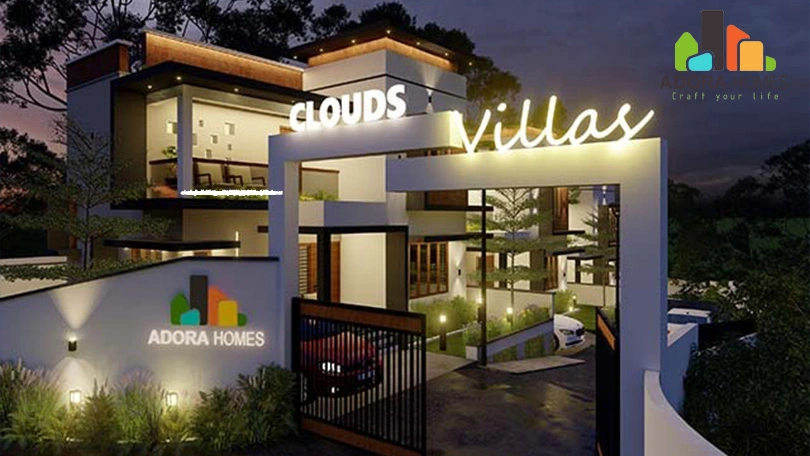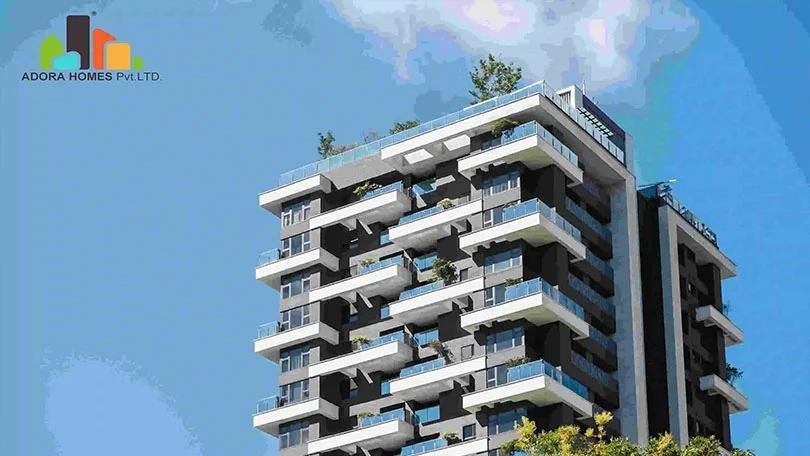Smart home automation is revolutionizing modern living, turning houses into intuitive, connected spaces that adapt to our needs. By integrating devices like lights, thermostats, and security systems into a unified network, homeowners can control their environments with unprecedented ease. In this blog, we dive into the core benefits, practical applications, and cutting-edge trends driving the future of smart homes in 2025.
Smart home technology combines convenience, energy efficiency, and enhanced security. Here’s why it’s becoming a must-have:
Imagine adjusting your home’s lighting, temperature, or even your oven from your phone while commuting home. Smart systems like Samsung SmartThings or Amazon Alexa make this a reality, letting you manage tasks effortlessly via apps or voice commands.
Smart devices optimize resource use. For instance, smart plugs can cut power to idle electronics, and advanced thermostats like Google Nest can reduce heating costs by up to 12% by learning your schedule and adjusting accordingly.
From smart doorbells with facial recognition to motion-activated cameras, systems like Blink or Eufy provide real-time alerts and remote access. You can check who’s at your door or secure your home from anywhere, enhancing safety.
Beyond energy savings, smart sensors can detect issues like leaks or faulty appliances early, preventing costly repairs. Some insurers also offer premium discounts for homes with smart security, adding to long-term savings.
Automation tailors your home to your lifestyle. Set your lights to warm tones for dinner parties or program your smart blinds to open at sunrise, creating a living space that feels uniquely yours.
Smart home tech is already reshaping daily life. Here are some standout examples:
The smart home landscape is evolving fast, with new technologies pushing boundaries. Here are the trends to watch in 2025:
Artificial intelligence is making homes more intuitive. AI systems analyze your routines to suggest optimizations, like preheating your oven before you cook or adjusting shades to reduce glare, all powered by platforms like Home Assistant.
Interoperability is improving, with platforms like Matter enabling devices from different brands to work together seamlessly. This means your Apple, Google, and Amazon devices can finally play nice in one ecosystem.
Sustainability is a priority, with smart homes incorporating solar-powered sensors, energy-efficient appliances, and water-saving systems like Rachio’s smart sprinklers, helping reduce your carbon footprint.
AI-enhanced security is on the rise, with systems using predictive analytics to flag unusual activity or integrate with neighborhood networks for community-wide alerts, as seen in platforms like Deep Sentinel.
As 6G networks loom on the horizon, edge computing is reducing latency in smart homes, enabling faster responses for devices like autonomous cleaning robots or real-time security feeds.
Smart home automation is redefining how we interact with our living spaces, offering unmatched convenience, savings, and security. From hands-free voice control to AI-driven energy efficiency, smart home technology offers limitless possibilities. As trends like unified IoT and advanced AI continue to evolve, 2025 is set to be a landmark year for smart homes. Start small with a smart plug or go all-in with a fully connected system—your home, your rules, smarter than ever.

Essential Amenities for Dream Luxury Apartments in Thrissur.

Why Investing in Premium Apartments in Thrissur Outweighs Villas

Finding Best Real Estate Builders in Thrissur

Benefits of Adora Avriti-Affordable 2 & 3 BHK Apartment

Top 10 Benefits of Buying Your Home from a Trusted Builder

What Makes Apartments an Ideal Choice?